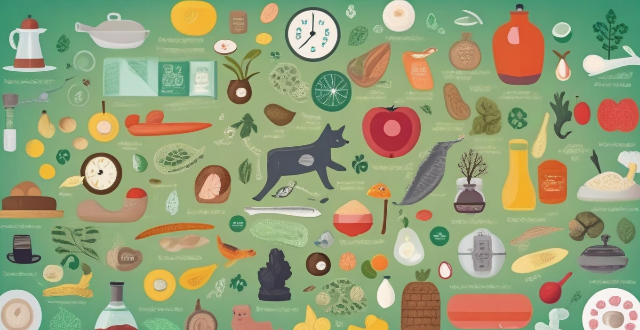The influence of different cultures on their cuisine is multifaceted, shaped by factors such as geography, climate, history, trade, religion, and social practices. Geography and climate determine the availability of ingredients, while historical interactions like trade and colonization lead to the exchange of ingredients and cooking techniques. Religious beliefs and social practices also play a crucial role in determining dietary laws and communal dining practices. Understanding these influences helps appreciate the diversity of culinary traditions worldwide.

How Do Different Cultures Influence Their Cuisine?
Cuisine is an integral part of any culture, and it reflects the history, geography, climate, and social practices of a region. The influence of different cultures on their cuisine is profound and multifaceted. Let's explore this fascinating topic in detail.
Geography and Climate
The geographical location and climate of a region play a significant role in shaping its cuisine. For example:
- Mediterranean Countries: The Mediterranean climate, with its long growing season and mild winters, allows for the cultivation of olives, grapes, tomatoes, and citrus fruits. These ingredients form the basis of Mediterranean cuisine, characterized by freshness, simplicity, and the use of olive oil as a primary fat.
- Tropical Regions: Tropical regions, such as Southeast Asia and parts of Africa, have abundant rainfall and high temperatures that are conducive to the growth of rice, spices, and tropical fruits. These ingredients are central to the cuisines of these regions, which often feature spicy, aromatic flavors and the use of rice as a staple food.
History and Trade
The historical interactions between different cultures, including trade and colonization, have also shaped cuisines. For instance:
- Spice Trade: The spice trade between Europe, the Middle East, and Asia led to the exchange of ingredients and cooking techniques. This exchange resulted in the fusion of flavors and styles, such as the use of cinnamon, cloves, and pepper in European desserts and the adoption of curry spices in British colonial cuisine.
- Colonization: Colonization brought about the forced migration of people and the introduction of new ingredients and cooking methods. For example, the Spanish colonization of Central and South America introduced foods like potatoes and chocolate to Europe, while the British colonization of India introduced tea to the subcontinent.
Religion and Social Practices
Religious beliefs and social practices also play a crucial role in determining what people eat and how they prepare their food. Some examples include:
- Halal and Kosher Dietary Laws: In Islam and Judaism, respectively, there are specific dietary laws that dictate what foods are permissible to consume. These laws impact the types of ingredients used and the cooking methods employed in Halal and Kosher cuisines.
- Vegetarianism: In some cultures, such as Hinduism and Jainism in India, vegetarianism is practiced for religious or ethical reasons. This has led to the development of rich vegetarian cuisines that rely on plant-based proteins like legumes, grains, and dairy products.
- Communal Dining: In many cultures, communal dining is an important social practice that brings people together. This practice is reflected in dishes designed to be shared, such as the Korean BBQ or the Indian thali, which consist of multiple small dishes served on a single platter.
In conclusion, the influence of different cultures on their cuisine is diverse and complex. It encompasses factors such as geography, climate, history, trade, religion, and social practices. By understanding these influences, we can appreciate the richness and diversity of culinary traditions around the world.